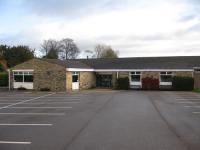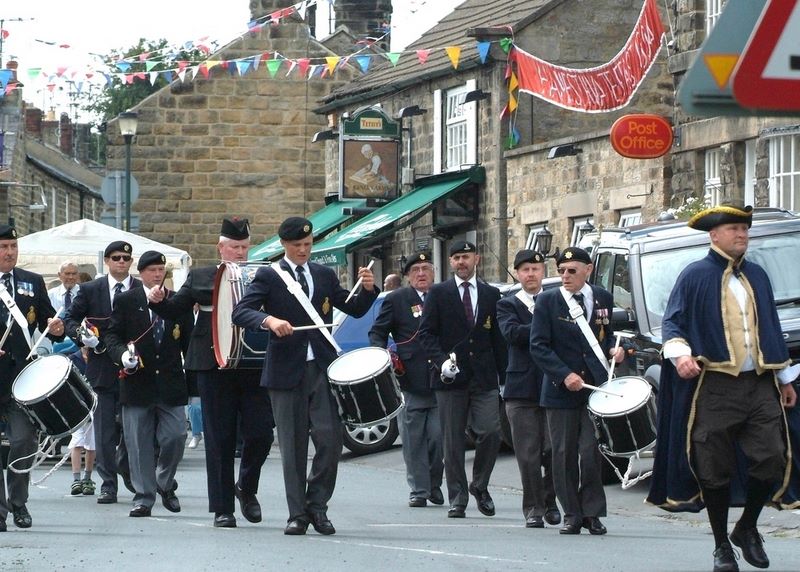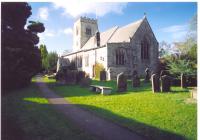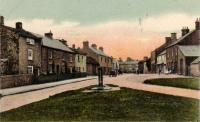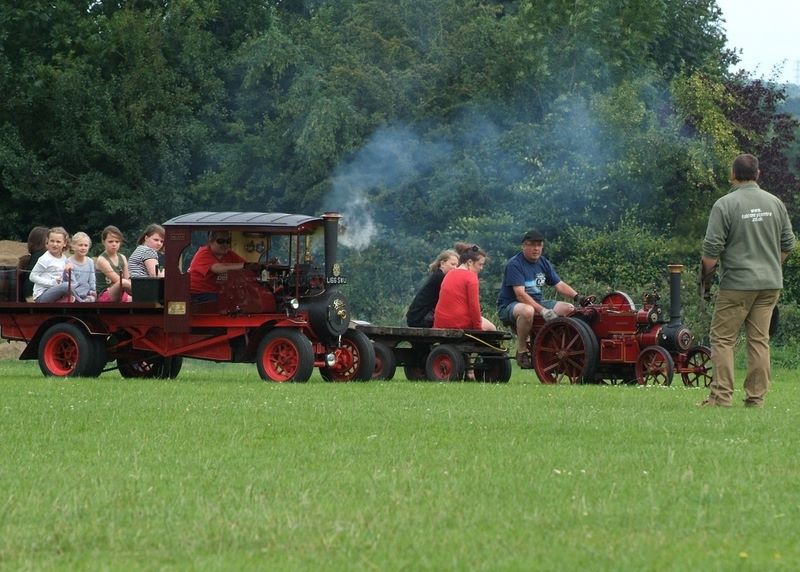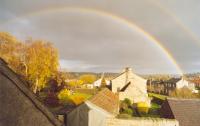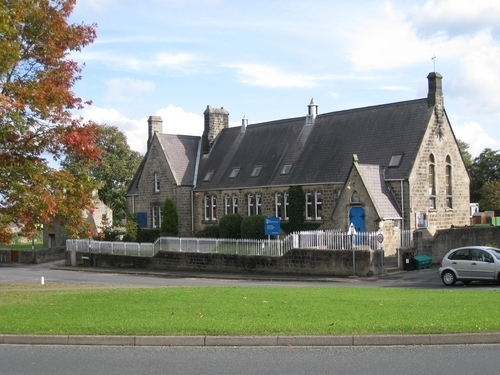Recent articles
© DT Online 2010 - 2025
| Spring Garth CottageIt is not known whether Spring Garth Cottage pre-dates the adjacent house of Spring Garth or whether the house was first to be built. Our earliest O.S. Map of 1853 appears to show both buildings standing at that time and the style of both structures is certainly consistent with their both being of late 18th or early 19th century construction. The 'cottage' is unusual in having three storeys albeit the top floor has a 'squeezed -in' appearance suggestive, perhaps, of the building having originally been a barn attached to what we know was a farmhouse for some years. Equally, it may be thought that the cottage’s appearance is consistent with its use as a dwelling with a top floor improved for use as a one of the several flax/linen workshops once common in the village. We do not need to speculate about its use in 1910 for we have a copy of the valuation prepared in that year for taxation purposes required by the Finance (1909-1910) Act. That describes the building as a freehold cottage occupied by Mark Barker and his family but owned by J.M.R. Smethem. The site is said to extend to 10 perches and the cottage to be “3 storey, stone faced, grey slated, stone faced & slated outhouse” and to contain “kitchen, scullery, wash house, 2 bedrooms, attic”. The rent paid by Mr Barker was recorded as 4 shillings per week (20p today!). Mr Methem was also the owner of Spring Garth which, in 1910, was recorded as occupied by Peter Barker and his son Shadrack. They were occupying the building as farmers of some 42 acres of land on the south side of Hollins Lane. What the connection was between the Barkers of Spring Garth and those in the adjacent cottage has yet to be established but, in those and earlier days, people called 'Barker' formed a significant proportion of Hampsthwaite’s population. Indeed, in the cottage now known as 'Marie Claire' (just a few doors away) another Barker family was residing in 1911. It appears that Mr Methem’s ownership of the properties can be traced back to John Turpin of Hampsthwaite who died in 1774 having by his Will dated the 5th March 1774 left property to his nephew John Gill. In 1845 John Gill died after having been twice married and fathered 17 children one of whom, Jane, had married Francis Binns. Francis bought John Gill’s property in August 1859 (the auction poster hangs in the Joiners Arms) and sold it on to his sister-in-law, Hannah Wheatley, in1860. Hannah died on the 27th June 1871 having left her estate to her son-in-law William Smethem and two others. William was the father of J.M.R. Smethem. Because the 18th and 19th century records of these transactions reveal no plans but rely for identification of properties by reference to the people who occupied them it is very difficult to have much confidence in the accuracy of the foregoing account of property transactions but one element of corroboration for the account is the mention in the early documents and the valuation of Spring Garth of a charge of £1 per annum payable to the poor of Hampsthwaite. The charge was created in the above-mentioned Will of John Turpin a copy of which (courtesy of Tony Cheal’s website http://www.harrogatepeopleandplaces.info/wills/r/041.htm). In the following early postcard we can see Spring Garth Cottage on the left and an earlier ground floor window and a hint of a lean-to extension on the side.  |






